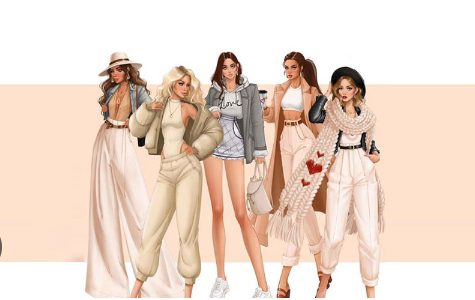

1. Know Your Style
- Identify Your Personal Style: Understand whether you lean towards classic, bohemian, edgy, or trendy looks. This will help you choose accessories that complement your wardrobe.
- Assess Your Wardrobe: Look at the clothes you already own and determine which accessories would enhance them.
2. Understand the Basics of Accessorizing
- Balance: If you’re wearing a bold outfit, opt for subtle accessories, and vice versa. Balance is key to not overwhelming your look.
- Proportion: Choose accessories that are proportional to your body size. For instance, petite individuals might look better with smaller, delicate pieces, while taller individuals can pull off larger, statement items.
3. Key Accessories and How to Use Them
- Jewelry: Layer necklaces of different lengths for a chic look or go for statement pieces to add flair. Mix metals or keep it uniform based on your preference.
- Belts: A well-chosen belt can cinch the waist of a dress or add structure to an outfit. Opt for contrasting colors or textures to make it stand out.
- Scarves: Use scarves to add color, pattern, and warmth. They can be worn around the neck, as a headband, or even tied to your bag.
- Hats: Hats can be both functional and fashionable. Choose styles that fit your face shape and outfit. Wide-brimmed hats, beanies, or fedoras can all add a distinctive touch.
- Bags: Select bags that complement your outfit’s color palette and style. A structured handbag for formal wear or a slouchy tote for casual outings can complete your look.
- Shoes: Shoes can set the tone of your outfit. Match them with your clothing style and consider them as a statement piece.
4. Play with Color and Texture
- Color Coordination: Choose accessories that either match or contrast with your outfit to create visual interest. Use the color wheel to find complementary colors.
- Mix Textures: Combine different textures like leather, silk, and metal to add depth to your look. For example, pair a velvet dress with a leather belt and metallic jewelry.
5. Consider the Occasion
- Formal Events: Opt for elegant jewelry, sophisticated handbags, and classic shoes. Less is more when it comes to formal events.
- Casual Outings: Experiment with playful and trendy accessories. Layering necklaces or adding a fun scarf can elevate casual wear.
- Workwear: Choose accessories that are polished but not too flashy. A simple necklace, a watch, and a structured bag are often ideal.
6. Experiment and Have Fun
- Try New Things: Don’t be afraid to experiment with new accessories or combinations. Fashion is about creativity and personal expression.
- Mix and Match: Play around with different styles and see what works best for you. Sometimes the most unexpected combinations can create stunning results.
7. Seasonal Trends
- Stay Updated: Keep an eye on seasonal trends and incorporate them into your wardrobe. Trendy accessories can add a fresh touch to your outfits.
8. Maintain Your Accessories
- Care: Regularly clean and maintain your accessories to keep them looking their best. Proper storage can prevent damage and extend their lifespan.
By paying attention to these details, you can master the art of accessorizing and ensure your outfits always have that perfect finishing touch!
